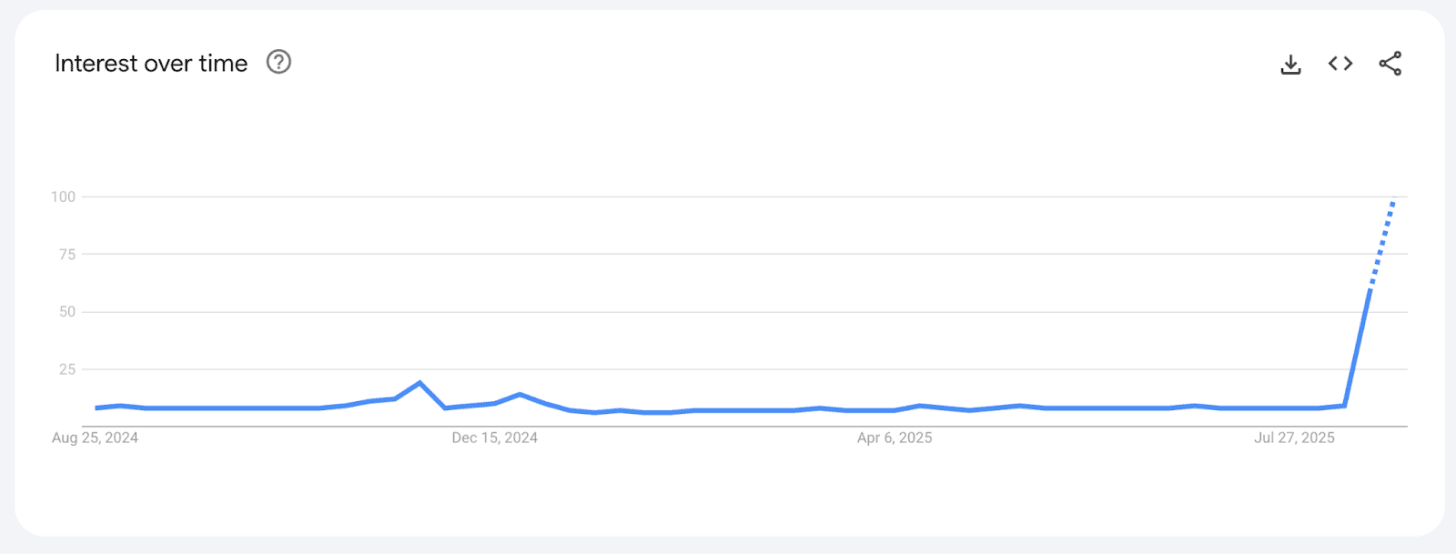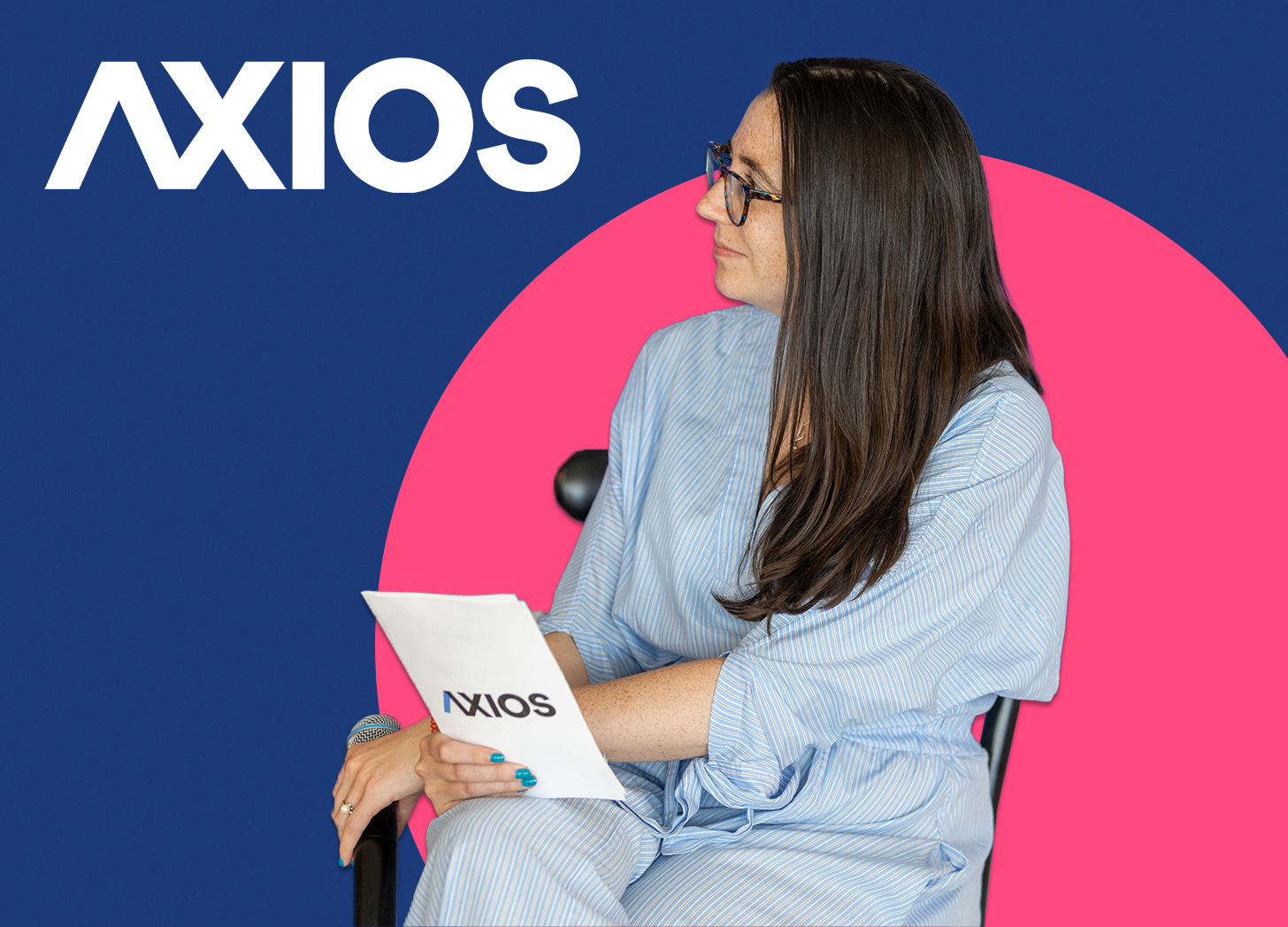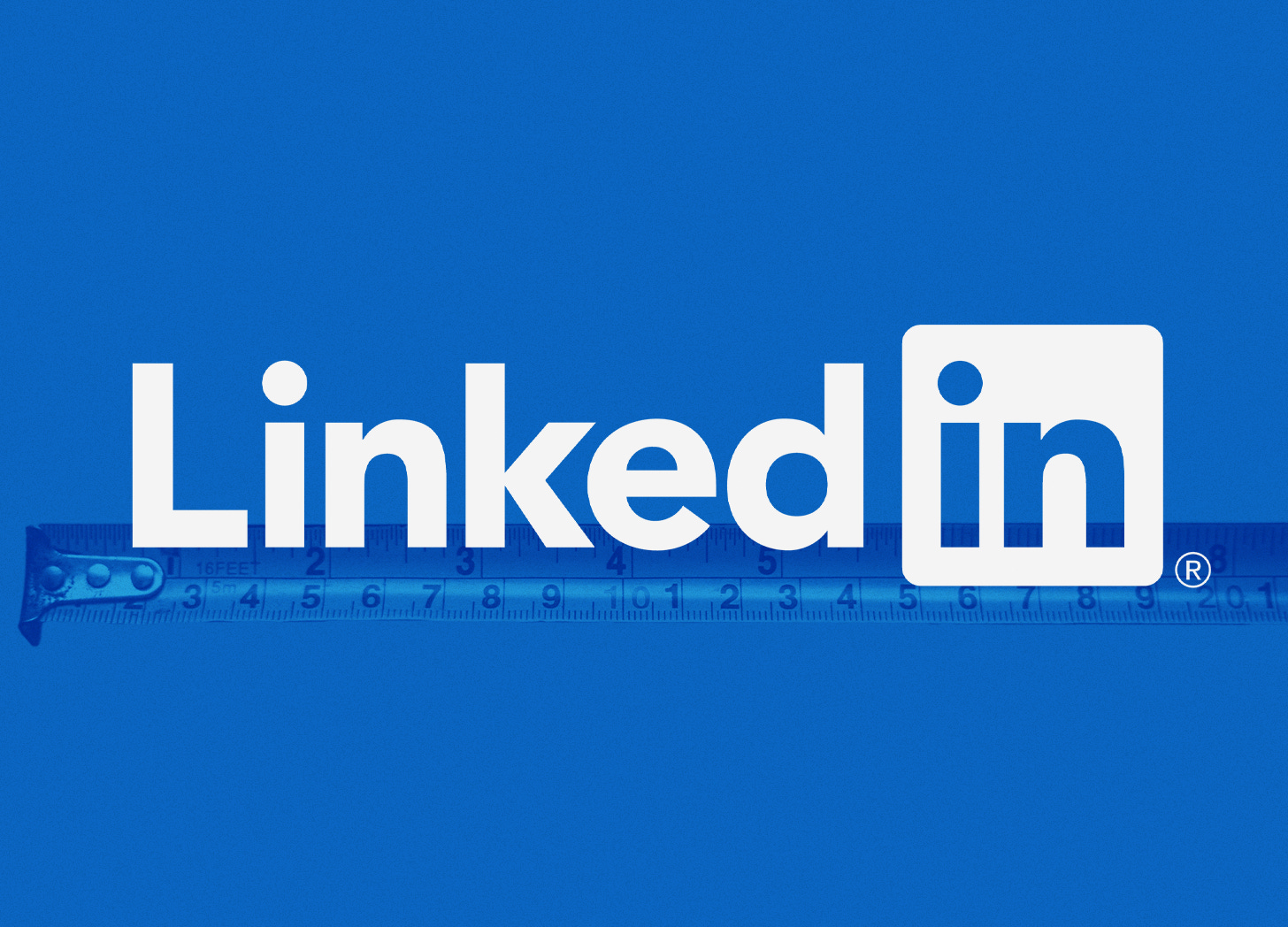Cracker Barrel’s rebrand: A case study in audience and “controversy-as-strategy"
Talking Points highlights the topics, trends, and technology, defining the media and communications sectors.
Cracker Barrel’s rebrand: A case study in audience and “controversy-as-strategy"
Cracker Barrel’s new logo lasted all of one week. The restaurant chain revealed a stripped-down design on August 19, meant to coincide with a fall menu campaign. Gone was the familiar front-porch figure leaning against a barrel, replaced by a simplified wordmark and a yellow barrel outline.
The backlash was palpable. Fans called the redesign “soulless,” “cold,” and “sterile.” Some conservatives accused the company of going “woke.” And within days, the fallout became evident in the market: Fox Business reported the rebrand erased $143 million in market value as company shares slid nearly $10 in one day.
Even President Donald Trump weighed in on Truth Social, urging Cracker Barrel to “go back to the old logo, admit a mistake based on customer response (the ultimate poll), and manage the company better than ever before.” Hours later, Cracker Barrel announced it was scrapping the change and reinstating the old “Old Timer” logo. The stock jumped 7% on the news, climbing back to its original share price prior to the brand update.
From a communications perspective, the episode is a textbook case of how brand decisions intersect with audience, meaning, and identity.
Logos carry stories. Logos aren’t just design marks—they’re cultural shorthand. Cracker Barrel’s porch scene told a story of Americana, comfort, and belonging. Stripping it down to a modern, sterile wordmark broke the link between brand and feeling—and ultimately, restaurant and customer.
Know your audience. Cracker Barrel’s misstep closely resembles the same trap Jaguar fell into with its universally hated rebrand last year—both were chasing a trendier audience that doesn’t actually exist, and alienated its core customers. The customer who craves a sleek, modern dining experience is a far cry from those Cracker Barrel has been serving for over 50 years.
Minimalism isn’t meaning. Many brands confuse contemporary design with progress. But heritage brands thrive on symbolism, not sleekness. Cracker Barrel’s value proposition rests on nostalgia—rocking chairs, checkerboards, biscuits with gravy, and leaving with trinkets from the gift shop. It’s the latest example in a multi-year trend of logo “blandification,” which marketers and design experts have said impacts “the cherished emotional connection with consumers.”
Controversy-as-strategy. Some observers likened the episode to New Coke—the infamous marketing case study that burned more than $30 million on product and testing, yet ultimately drove massive attention to and anticipation for the return of Coca-Cola Classic, which quickly outpaced both New Coke and Pepsi in sales. Similarly for Cracker Bracker, it’s a test case for controversy-as-strategy, with various (unverified) claims online that the stunt generated upwards of $2B in media value. Whether you can pin a number to it or not, it definitely caught our attention.
Cracker Barrel’s retreat sparked headlines, presidential commentary, and weeks of attention the brand could never have bought. But “outrage marketing” is a dangerous strategy. It works only if the brand can retreat without lasting damage, and only if the product still delivers.
The bigger lesson for communicators? Brand signals aren’t surface-level. They are covenants with loyal customers, encoded in memory and meaning. Update them carefully. Test for the deeper story, not just aesthetics, and never confuse “modern” with “relevant.” Cracker Barrel did—and then had to undo it with the whole world watching.
Luckily for them, the Southern comfort food chain seems to have successfully pulled off one of the best attention heists of the year—whether they intended to or not.
On-Record with Axios’ Kerry Flynn
For Axios’ Kerry Flynn, the line between the tech and media beats has always been blurry. Many media reporters have had to adapt coverage in recent years to capture the industry’s seismic shifts driven by new platforms, creators, and AI. Meanwhile, Kerry has been straddling the intersection of tech and media for her entire career.
During her first internship at Forbes, where she originally planned to pursue reporting on energy and climate change, Kerry’s current beat found her.
“My editor at the time noticed that I was often on my phone, texting and on Snapchat,” she recalls. “He told me, ‘We need someone to cover that. Would you be interested?’”
During her time at outlets like Mashable, Kerry’s coverage expanded from social platforms to covering companies like Uber and Silicon Valley more broadly. When she joined CNN in her first explicitly media-focused role in 2019, she remembers not being worried about the transition because “the biggest things impacting the media industry [are] social media and technology,” which she had been covering for years.
“I think that's even more so today… the stories we're covering are media companies striking AI deals and the search engine apocalypse,” Kerry added.
Kerry thinks the Washington Post hiring an “attention economy reporter” is emblematic of the media beat’s evolution. It’s no longer about the development of traditional broadcast, print, and digital journalism–but rather where people are spending their time and attention. She’s learned to trust her own news consumption habits, in addition to where Gen Z and Gen Alpha are sourcing their information.
However, covering the media industry means Kerry can find herself reporting on her peers and friends. She is acutely aware of the potential conflicts of interest, but she sees an upside to the meta-nature of her job: empathy. This perspective is crucial when reporting on difficult industry trends like layoffs or acquisitions.
“I cover the business of media, but it’s really a human business. I think having friends at other publications helps bring more humanity to the stories I tell,” Kerry told us.
When it comes to the future of the industry, Kerry–like all media analysts–is watching the rise of the independent creator-focused platforms like Substack and Beehiiv closely. However, she personally is committed to the collaborative energy of a traditional outlet and still “loves being a part of a newsroom” and a larger mission to work toward.
The new media landscape, shaped by what she calls the AI-driven “search engine apocalypse,” is pushing more publications to adopt direct-to-reader strategies like newsletters and live events—a core part of her work on the new Axios Media Trends executive membership. The subscription provides exclusive access to even deeper insights, actionable data, and events, including the inaugural Axios Media Trends Live on September 18 in New York (Psst, you should go!).
And Kerry isn’t just reporting on the evolution of media; she’s participating in it. Her latest endeavor? She’s honing in on her own TikTok journey, making videos about her hobbies before she starts sharing her Axios coverage as a way to reach younger audiences through video. For a reporter whose specialty was launched by an editor noticing her on social media, it feels like a fitting next chapter.
LinkedIn’s summer updates offer better platform, insights for communicators and execs
The walls between social media strategy and corporate reputation are dissolving in communications circles. Social channels are no longer just distribution vehicles—they’re where executives build thought leadership, companies seed future deals, and brand reputation is shaped in real time.
LinkedIn has been pushing further into that space this summer by deepening user post analytics, launching its Member Post Analytics API, and tweaking its algorithm to screen for “relevance, authority, consistency, and a personalized voice.” The result is a platform that emphasizes more “useful” professional exchanges and a suite of tools to help guide content strategy and better understand post performance.
The API, which sends performance metrics directly into third-party tools like Hootsuite, Sprinklr, and Buffer, was framed as a win for creators. But its implications for communicators run deeper: LinkedIn is making it easier to not just schedule posts and measure impressions, but also track action-oriented signals—profile visits, new followers, and website redirects—in a way that aligns more closely with business outcomes.
LinkedIn VP of Product Management, Gyanda Sachdeva, said these analytics “reflect how your content is sparking interest, growing your presence, and motivating your audience to take action.”
Why this matters for communicators:
Measurement → outcomes: LinkedIn’s API and expanded analytics make it easier to tie executive visibility and campaign results directly to business goals like deal flow, recruiting, and brand health. This helps PR move beyond vanity metrics and prove impact in terms the C-suite cares most about.
Competitor analysis: Real-time benchmarks allow communicators to see how their executives and brands stack up against peers. Spotting those gaps early means faster pivots and smarter positioning in crowded conversations.
Data-driven content strategy: API access gives teams sharper insight into what topics, formats, and moments actually resonate. That data can guide thought leadership and help executives publish content that drives measurable influence, not just impressions.
Seen in a broader context, this is LinkedIn positioning itself not just against Instagram or TikTok for creator attention, but as a strategic hub for professional influence. For PR pros, it’s a reminder that social is no longer a side channel—it’s central to shaping narratives, measuring impact, and influencing stakeholders.
What we’re working on ☕
[LA Times]: “If anyone can make a movie now, what does Hollywood still stand for?”
[Gamesforum]: “Keeping the World Running: How LiveOps Fuel Over a Decade of Subway Surfers”
[Westside Current]: “After Fire and Loss, Flour Pizzeria Rises Again With a New Brentwood Location”
[Sports Business Journal] “Payment Labs raises $3.25M to support NIL athletes”
[License Global] “‘Subway Surfers’ and ‘8 Ball Pool’ to Release First In-Game Mobile Crossover Event”
[Esports Insider] “EA is bringing two FC Mobile and FC Online esports tournaments to Shanghai”
[Sports Video Group] “Esports World Cup 2025: Inside EFG’s Hybrid Production”
[Sports Illustrated] “Emiru Drops a Surprise Announcement at Ludwig's Streamer Games”
Story ideas, feedback, or just want to get in touch? Email us at contact@jsapartners.co or drop us a line on LinkedIn.






